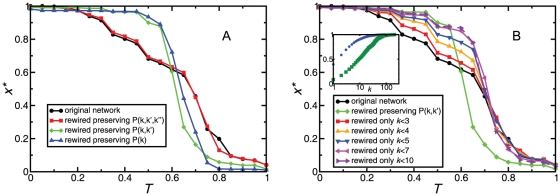Figure 2. Effect of correlation-preserving rewirings on the evolutionary outcome, along the parameter diagonal S = −T (SH quadrant).
Panel A: Stationary density of cooperators as a function of T, for substrates constructed by rewiring the PGP network but preserving degree correlations up to the indicated order. We observe that the smooth transition, which characterizes the coordination failure in the PGP network, disappears when degree correlations of order 3 are destroyed, indicating that the origin of this phenomenon is related to such correlations. Panel B: Influence of bottom-up rewirings. Black and green symbols correspond, respectively, to the original PGP network and a randomized version preserving degree correlations up to order 2. Symbols in other colors correspond to intermediate cases, where only nodes with the indicated degrees are rewired. We observe that the change between the extreme cases (sharp vs. smooth transitions) depends on the degree of the nodes involved in the rewiring process. Inset of Panel B: normalized cumulative distributions of number of nodes (blue circles) and number of stubs (green squares) vs node degree k, of the PGP network. Nodes of lower degrees are the majority, but their stubs represent a much smaller portion in the total network.

